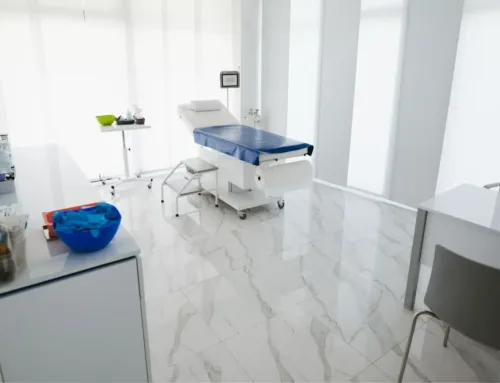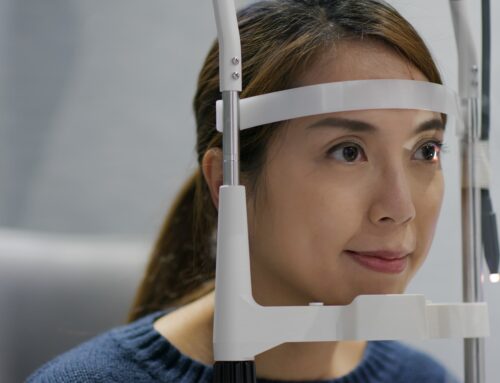Cataracts are extremely common. We all know someone who has cataracts but what is a cataract? A cataract is a condition that affects the eye, making the lens of the eye cloudy. The clouded lens will make your vision blurry and can make it difficult for you to read and drive. You will feel like you are looking through a foggy window. The only way to fix a cataract is with surgery.
Most cataracts develop slowly, and by the time you realize it, your vision is affected, which will interfere with your daily activities. However, in other cases, cataracts can develop quickly. Fortunately for most people, cataract surgery is easy and will correct the situation in a safe and effective procedure. After successful cataract surgery, your vision should be much clearer.
What causes cataracts?
There are multiple causes of cataracts. The most common type of cataract called a “nuclear sclerotic cataract”, develops as part of the normal aging of the eye.
In other cases, cataracts can be related to other factors, such as underlying medical conditions, medication use, genetics, trauma, or previous eye surgery.
The most common medical condition causing a cataract is diabetes. Diabetes, especially poorly-controlled diabetes, can accelerate cataract development.
The most common medication that leads to early cataract development is steroids. No… not the “weightlifter kind of steroids”… We are referring to steroids called corticosteroids, such as prednisone.
Trauma is another cause of early cataracts. Injuries to the eye, even in childhood, can result in early cataract growth.
What do cataracts look like?

In most cases, cataracts are not typically visible to the naked eye. However, in extreme cases, they can be, and they will make the normally black pupil look whitish. For less extreme cataracts, a microscope is used to see them and make the diagnosis in a doctor’s office.
The natural lens is clear early in life. When people develop a cataract, this natural lens becomes opaque. Sometimes this opacity can be a yellowish or brownish color. Other times it can be a whitish color.
Types of cataracts
Let’s go over the different types of cataracts. Your doctor may mention that you have one or several of these types of cataracts mixed together. Typically all of the different types of cataracts are fixed in the same way, so it’s not too important to know exactly which type you have.
Cortical cataract
This occurs due to illness, aging, or even trauma, and it starts at the edge of the lens, making spoke-like opacities in the lens. Cortical means that it happens in the cortex, and it will slowly progress from the peripheral toward the center of the vision.
Posterior subcapsular cataract
This type of cataract typically starts in the center of your vision. Because it starts in the center, even when it is small, it can have an impact on your vision, resulting in glare and halo symptoms. This type of cataract can seem to grow quickly.
Nuclear cataract or Nuclear sclerotic cataract
This is the most common type of cataract. This starts in most patients around age 50, and gradually progresses until it impacts vision typically in the 60s or 70s.
Secondary cataract
This is different from the other types of cataracts because it can cause blurring of vision after your cataract surgery. This does not require surgery to fix. Rather it’s fixed with a quick laser procedure in the office. This is very common and nothing to worry about.
Senile cataract
This is just another name for an age-related cataract. It comes with gradual clouding that leads to loss of vision, and it can be repaired.
Bilateral cataracts
This means that you have cataracts on both eyes, and both eyes have blurry vision.
Cataracts can affect people of different ages, including children, although it is most common with aging individuals. The good news about all these types of cataracts is that they are treatable and that surgery can typically improve your vision.











